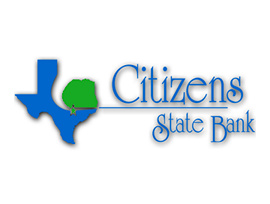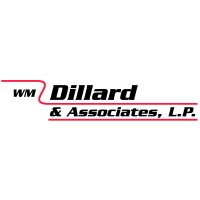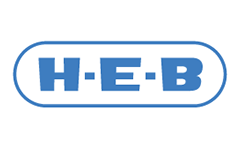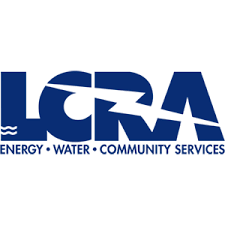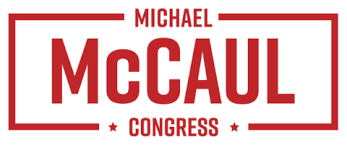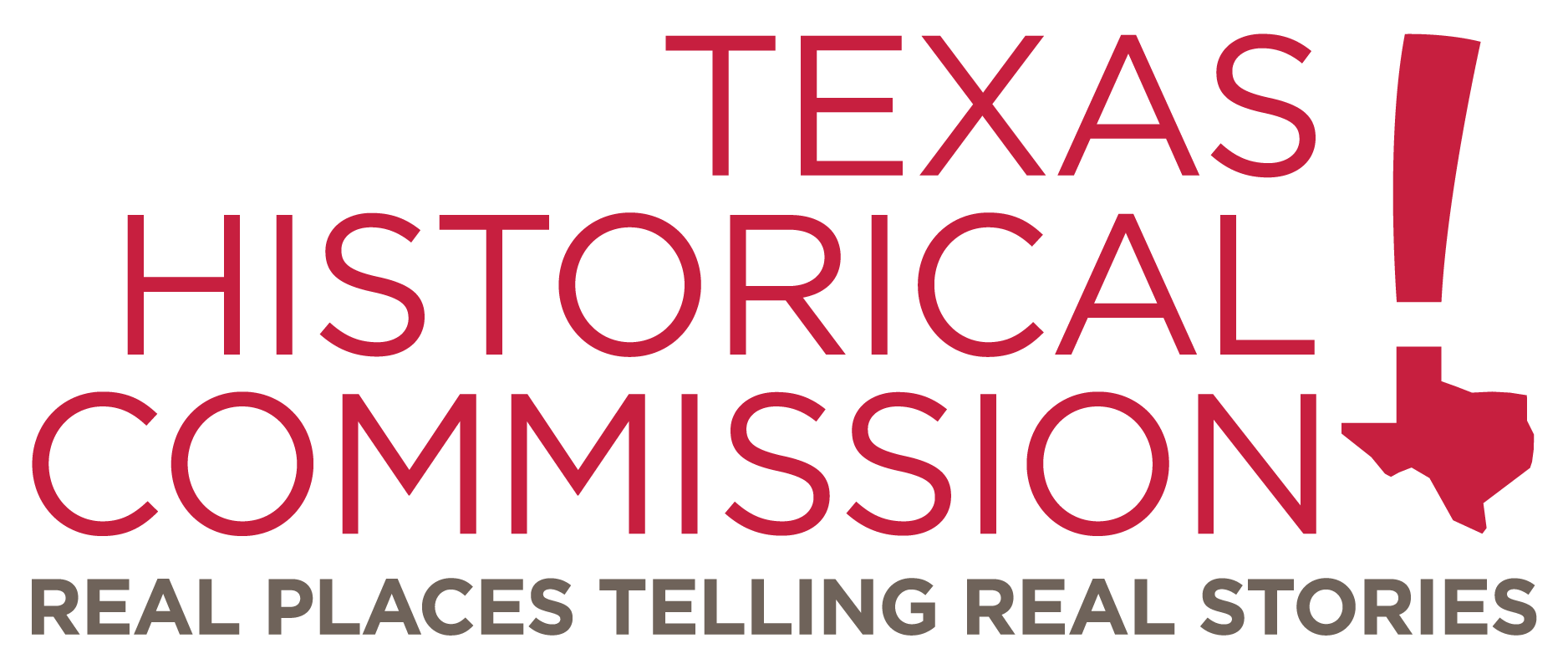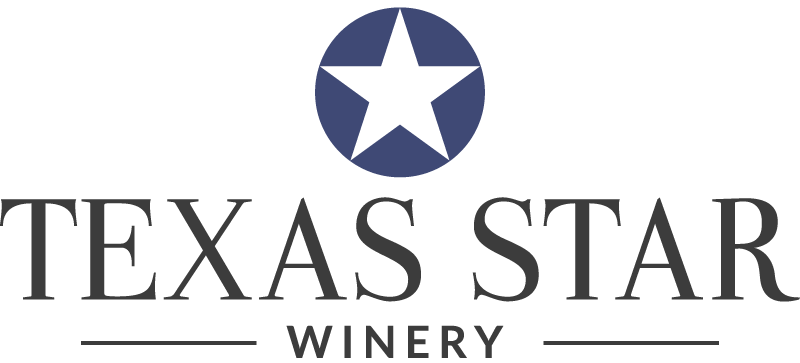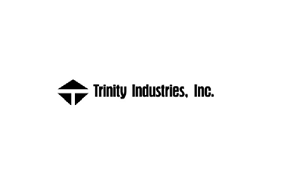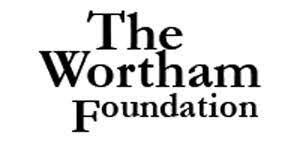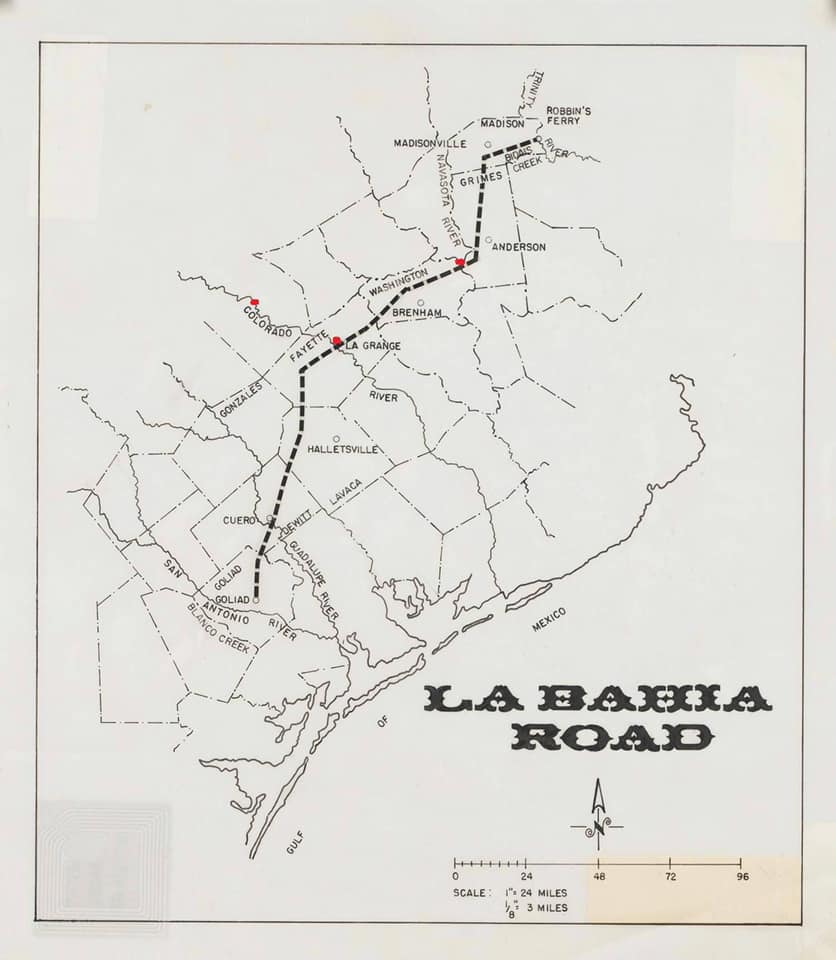
Day 7 of the Convention of 1836
On the 7th day of the Convention, the delegates focused on the crafting of a Bill that organized the militia for the Republic of Texas.
A couple interesting things come up in the militia bill. First is that when the militia is needed, a lottery system would be enacted that calls up men between the ages of 17 and 50 based upon a random drawing by a 10-year old child. The text reads: “on separate slips of paper, the names of all the persons liable to do militia duty, (…) shall be deposited (…) in a hat or box, (…) and after the said names shall be well mixed up, (…) they shall cause to be drawn (…) by a child under the age of ten (…)”.
Another interesting point is the establishment of military depots. Three were to be established: “at the La Bahia crossing of the Colorado, and at the town of Mina (…) and at the La Bahia crossing of the Brazos”. This proposal would result in army supply points being created near the present-day towns of La Grange (where the La Bahia road crosses the Colorado), Bastrop (Mina), and right here at Washington (where the La Bahia road crosses the Brazos). It is unclear if this was intentional, but the establishment of a depot at Washington would be a boon to Noah Byars (part-owner of Independence Hall) who would eventually become the Armorer of the Texas Army.
Colonel Gray also has this to say about March 7th:
“The Convention proceeded to work on the Constitution. It is reported in part only. Mr. Thomas is the chairman, or organ of the committee who reported it. It is awkwardly framed, arrangement and phraseology both bad; general features much like that of United States. It is too close a copy, for some features of the Constitution of the United States which they are attempting to introduce here are not applicable.”
Gray goes on at length in his entry on this day, and for the remainder of his account, about “the loan”. This is a reference to the debate surrounding the early finances of the Republic of Texas. Texas in this era was land rich but VERY cash poor. Much of the financing of the Revolution and early government was done through generous donations from citizens and organizations in the United States who were sympathetic to the cause of Texas. Indeed prior to the discussion about the militia, the Convention unanimously approved a letter of thanks to a Mr. H. K. W. Hill, Esq. of Nashville for his donation of $5,000 “for the use and benefit of Texas”. Because Col. Gray is constantly focused on “the loan”, we will inevitably mention it again, but we will try to remain brief. For much more information about the finances of the Texas Revolution, we recommend this open article available on JSTOR: https://www.jstor.org/stable/2140324.
Pictured here is a map of the La Bahia Road with the proposed depot locations marked with a red dot.




